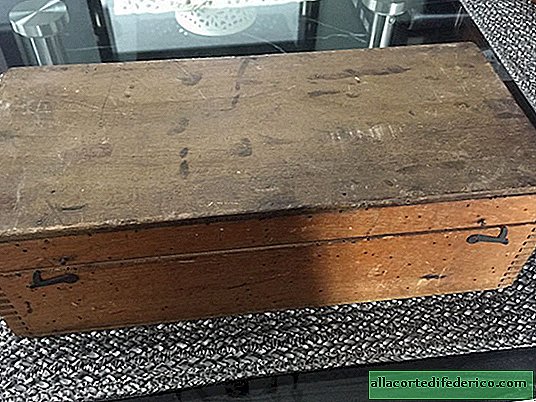Lycurgus Cup, color-changing: ancient Romans possessed unique nanotechnology
This interesting piece of antique art can be seen at the British Museum in London. At first glance, the Lycurgus Cup is a beautiful vessel with a mythical plot, it is decorated with elegant details and nothing more. But it is worth changing the lighting in the room, as the main color of the cup changes from green to red, causing delight and amazement of the public. How did the ancient masters manage to create such a masterpiece?

The Lycurgus Cup is an antique diatret, an elegant double-walled glass jar. The inner wall is, in fact, the vessel itself, and the outer one is an openwork frame. Such goblets were made in ancient Rome at the beginning of our era, and only a few diatrets have survived to the present state.
It is assumed that the Lycurgus Cup itself was made in the 4th century AD by the ancient Roman masters, and the cup leg and the bronze border of the bowl were made later. The height of the vessel is 16.5 cm and the diameter is 13.2 cm. The cup is decorated with a story from mythology and is associated with the name of Tsar Lycurgus, who was entangled with vines for insulting the god of winemaking Dionysus.

But the most interesting thing in this cup is not the plot or its design, but the amazing glass from which it is made. This is a dichroic glass that changes color when the lighting in the room changes or in the presence of different liquids in the vessel from red to yellowish-green.


















